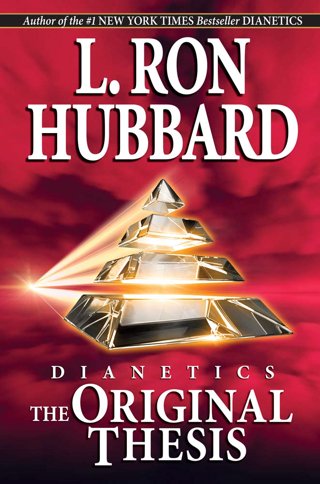The Greatest Guide To Dianetics
Wiki Article
Facts About Dianetics Revealed
Table of ContentsDianetics Fundamentals ExplainedGetting The Dianetics To WorkThe Facts About Dianetics RevealedFascination About Dianetics
I couldn't ever before not desire to receive anything that comes to mind for you- if it was or else, I would not be sitting right here with you, doing this. I not only might never ever have a problem, or not intend to listen to something that comes to mind for you, however I'm entirely excited to know every idea, every thought, every photo or sensation that emerges or manifests for you- don't ever before believe otherwise, and if somehow you do, please just allow me understand! Often, you may have an idea, and photo, concept or incident turn up that does not appear to respond to the question, or associate with it, however nevertheless, constantly do inform me regarding it, and as we continue, the importance will certainly arise for you.This is integral in the basis of processing, and the topic of this discussion: the basic functions of the therapist and the client: The standard role of the therapist is, as opposed to "basic training", not to regulate, which implies to implement and/or prevent, yet to rather function from the basis of EMPOWERING THE CLIENT.

Things about Dianetics
John Mcmasters revealed this standard truth wonderfully well in one of his lectures on Power processing, in which he discusses just how he was asked what this "unique propensity" was that he had for offering such excellent sessions; he had to think of that for a minute, and found that it was what he had not been doing, as well as what he was doing: he wasn't reviewing, judging, computer, or actually, creating any ideas, allow alone spoken expressions, after providing the command and while awaiting the PC to complete their response to their satisfaction; he was, just and just, being present with the PC, and completely interested.The function of the therapist, demonstrated; that was his "unique flair". I have actually had my very own experience which taught me this well, really early in the video game. In 1982, having just recently completed my training and teaching fellowship on New Era Dianetics, I was running this on a PC, and there was a factor in the session where (being a little bit damp behind the ears not yet having many hours under my belt as an expert auditor) the PC seemed to be "taking too long" to express anything verbally after I gave him a command.
This secret turned out to be one of the most useful contribution that John ever made to the subject of treatment or auditing (Dianetics). this page In my modest viewpoint, it is the best payment that anybody has actually ever made to these subjectsthe application is completely non-judgemental, non-evaluative, and without any type of tip, suggestions or opinion.no preconditioned schedule for individuals, or 'levels' that they should do
In Idenics, the only source of info regarding a client is the specific customer. In Scientology we prided ourselves on not examining for people. But all that actually suggested was that the auditor did not vocally review for the computer in session. The registrars and ethics police officers reviewed for the PC.
Some Known Questions About Dianetics.

Anyone that had actually ever seen John audit can not aid however discover an one-of-a-kind high quality in his bookkeeping."The client's basic duty is to be there with the purpose of relocating in the direction of their spiritual objectives, and to easily and totally reveal and experience whatever shows up for them in responding to the inquiries and carrying out the directions in the handling.
This is something to process as needed. But likewise, individuals often have previous experience Learn More and/or indoctrination in auditing/processing which, in some ways, and to some degrees, in fact misdirects them into perspectives, ideas and actions patterns that avoid the full understanding of these roles, therefore they will certainly tend to prevent the expressing of what enters your mind, as in the examples provided over. * The first, and possibly primary examples of mis-indoctrination bring about much less than entirely smooth and effective sessions, can be found in specific elements of the training routines, or "TR's":"TR's" are commonly a person's very first, or at the very least early, experience in Scientology, and while I will go on to discuss what I see as the defects in concept and method, nevertheless, have a tendency to be substantially healing, done as they are given (Hubbard urges that "TR's are not processing, they are educating", but factually, they are both processing AND training)
There is no "flunking", and no denial of the truth of this being handling. The focus, as it needs to More Help be, is on experiencing the other individual's visibility.
The Definitive Guide to Dianetics

Report this wiki page